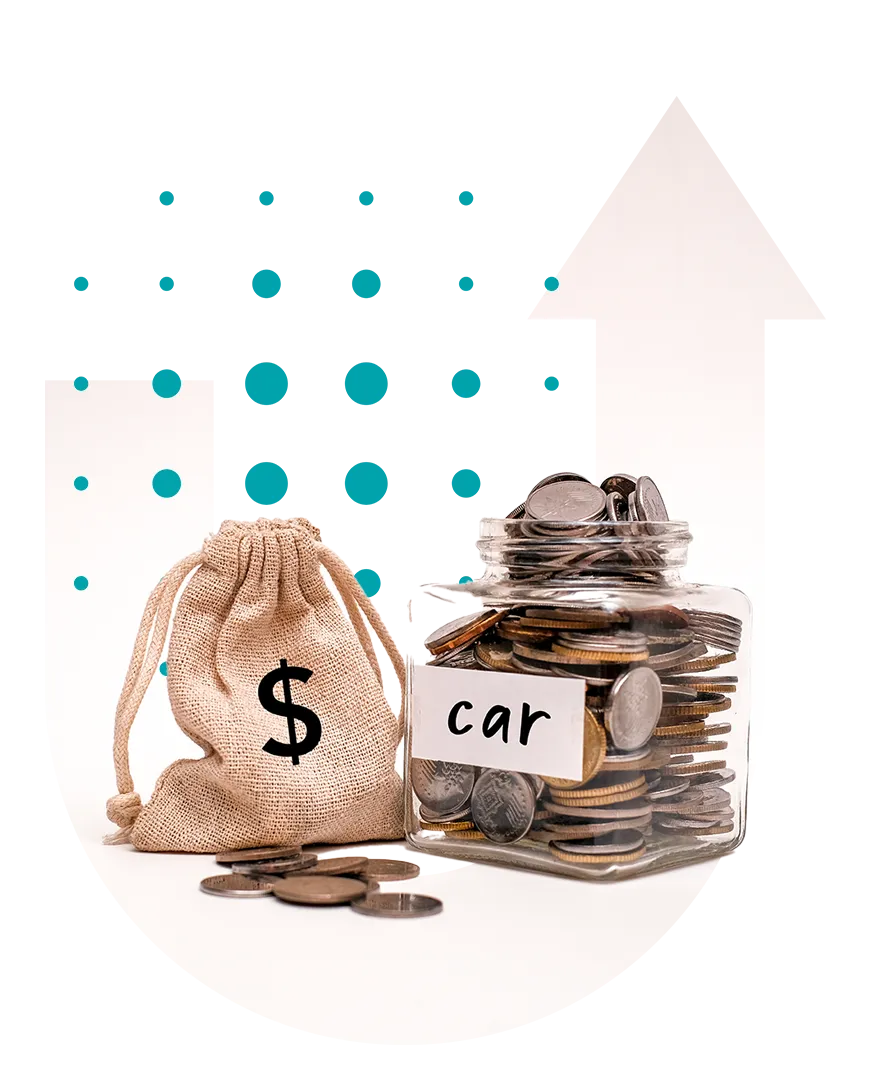Best Way to Budget My Expenses
Designing a method to budget expenses isn’t the most exciting activity, but it pays dividends over the long term. Most personal financial advice espouses the virtues of building a budget, and for good reason.
Fact is, people with budgets encounter financial difficulties far less frequently than those who spend indiscriminately without a clearly defined budget in place. A good budget establishes spending limits for specific expenses while allowing room for savings and repayment of any outstanding debts. But what is the best way to budget expenses and formulate a useful blueprint to utilize hard-earned money responsibly? Let’s take a closer look.

Reasons to Have a Budget
Because budgeting often involves a significant degree of short-term sacrifice, it’s important to know ahead of time why you’re building a budget, so it becomes easier to stick to it.
Common reasons for budgeting expenses include getting out of debt and staying on track toward long-term financial goals. Other reasons include breaking the cycle of living paycheck-to-paycheck, finding a way to save more money, or simply to stop spending money through taking on more credit card debt.
For some couples, an effective budget can make the difference between staying together or breaking up from the stress of arguing over money. Regardless of the reason, putting a clear budget in place does create an emotional investment that enhances motivation and provides a road map toward personal financial wellness.
ABC
Examine Your Spending Habits
A realistic budget requires an understanding of spending habits as they relate to necessary expenses such as housing, food, transportation, utility and cell phone bills, etc. Tracking expenses on paper or through a spreadsheet for a minimum of thirty days (sixty days is better) will provide a 10,000 foot view of where your money is exactly going.
Mobile apps such as Mint, DollarBird and PocketGuard also facilitate this process through linking bank accounts and credit card accounts. It also is helpful to utilize a calendar to track irregular expenses related to birthdays, holidays, vacations, automobile expenses and property taxes. If necessary, look back over the past six to twelve months and devise an average monthly expense for irregular expenses that occur throughout the year.
Set Goals and Deadlines
Whether you’re saving for retirement or college, a large purchase such as a house, car, or vacation, building an emergency fund or trying to claw out of debt – it’s important to have clear goals with specific deadlines.
Rather than saying “I want to buy a house,” the goal can be “I am saving $50,000 within the next three years for a down payment on a house.” Furthermore, make the numbers real, on a monthly basis. In the above example, saving $1389 per month makes the goal a reality. Trying to save $3,000 for a Caribbean vacation one year from now? That equates to $250 per month in savings over the next twelve months.


Types of Budgets
The 50-30-20 budget is gaining in popularity, and it implies spending 50% of after-tax income toward necessities, 30% toward wants and 20% toward savings. Drawing a clear line between necessities and wants is important here, as is automating the savings of 20%.
If necessities extend beyond 50% of after-tax income, the shortfall hit goes to “wants” and not to savings. Another type of budget is the Zero-based budget, which assigns a role to each grouping of dollars, ultimately resulting in savings, debt repayment and the avoidance of overspending while following the equation Income minus outflow equals zero.
Every dollar is earmarked with a purpose, and though this type of budget can feel restrictive, it works for those individuals who can tolerate strictness.
Hold Yourself Accountable
Creating a budget is one thing, but sticking to it is another. Putting all regular, monthly bills on auto pay is a good start – this prevents the individual from treating money that is to be earmarked for regular expenses as discretionary. Next up, consider the envelope system, which involves placing cash in specifically labeled envelopes according to category.
When the envelope gets depleted, that’s the end of the monthly allotment for that category – whether it’s groceries, household items, dining out, or something else. Budgeting software and mobile apps can help track expenses, as can partners in a relationship who hold one another accountable to previously agreed upon limits.
Review your budget on a regular basis – ideally monthly – and make necessary adjustments, paying attention to those categories in which you overspent and also those in which you spent less.

Are you in debt? we can help
Get Debt Relief
Connect with licensed debt specialists dedicated to supporting your long-term financial well-being.

Ready To Get Started?
See if you qualify for debt relief. Get A Free Savings Estimate to see how quickly you can be debt free.
Embrace financial freedom with our tailored solutions, expert guidance, and unwavering commitment to your success.
Experienced Professionals
Our team comprises seasoned experts who have successfully navigated countless clients towards a debt-free life.
Customized Solutions
We understand that every financial situation is unique. That’s why we craft bespoke debt relief plans tailored to your specific needs.
High Success Rate
Our track record speaks for itself. Our effective strategies and dedicated approach ensure tangible results.
Confidential Consultation
Your privacy is paramount. Rest assured, our consultations are carried out with the utmost discretion and confidentiality.
Debt Help Near Me
Experienced Professionals
Our team comprises seasoned experts who have successfully navigated countless clients towards a debt-free life.
High Success Rate
Our track record speaks for itself. Our effective strategies and dedicated approach ensure tangible results.
Confidential Consultation
Your privacy is paramount. Rest assured, our consultations are carried out with the utmost discretion and confidentiality.
Explore other blogs











